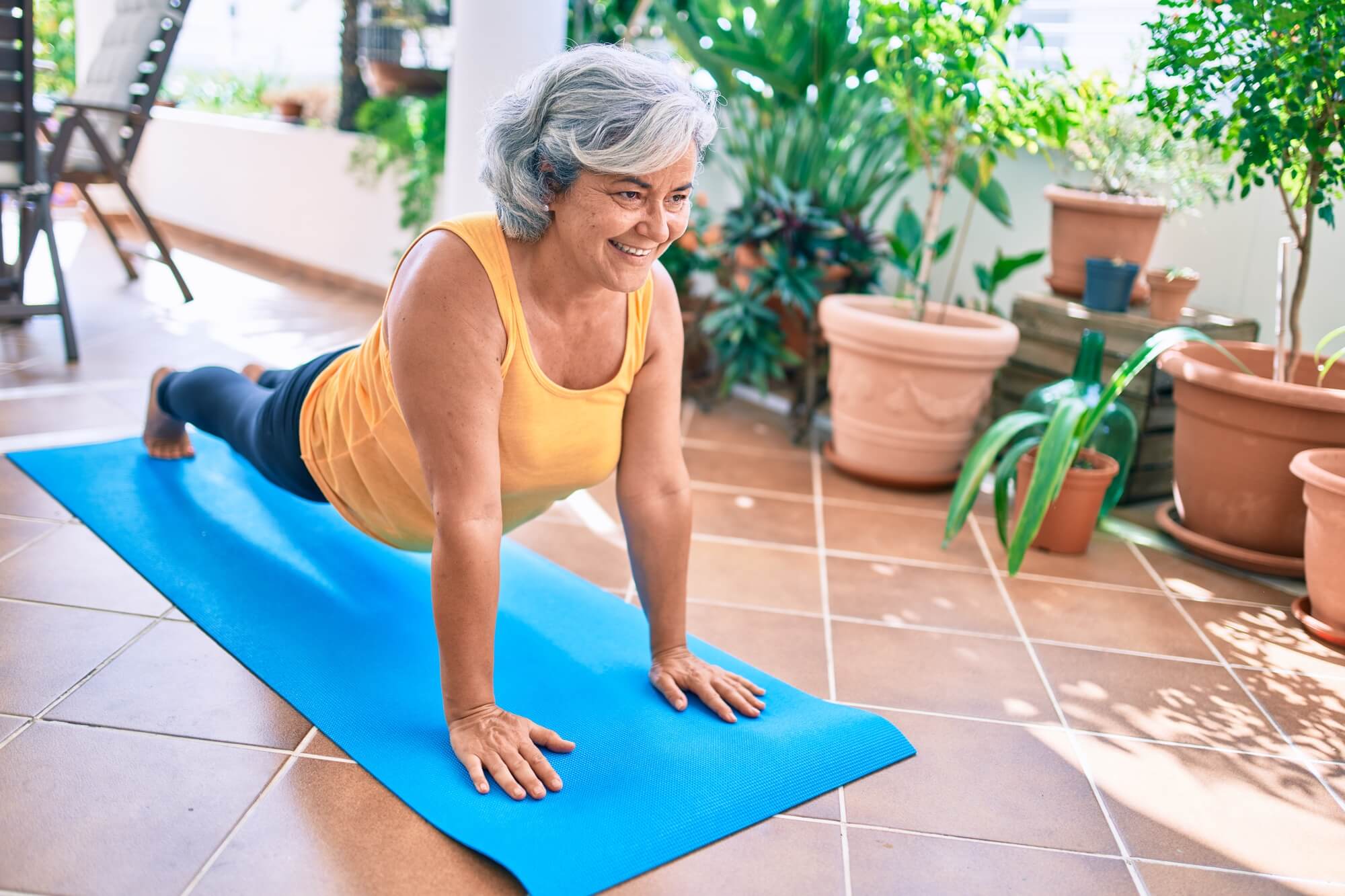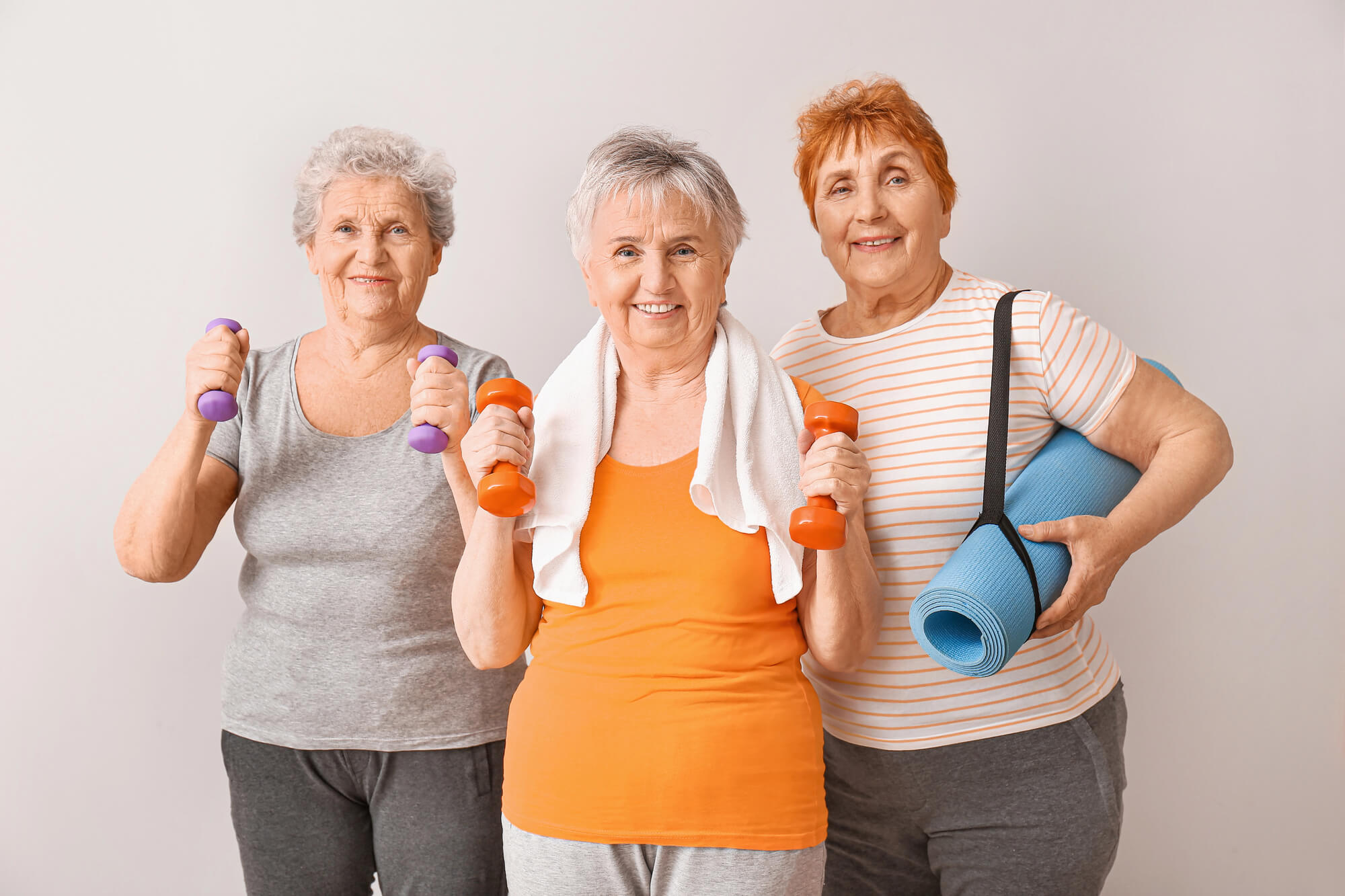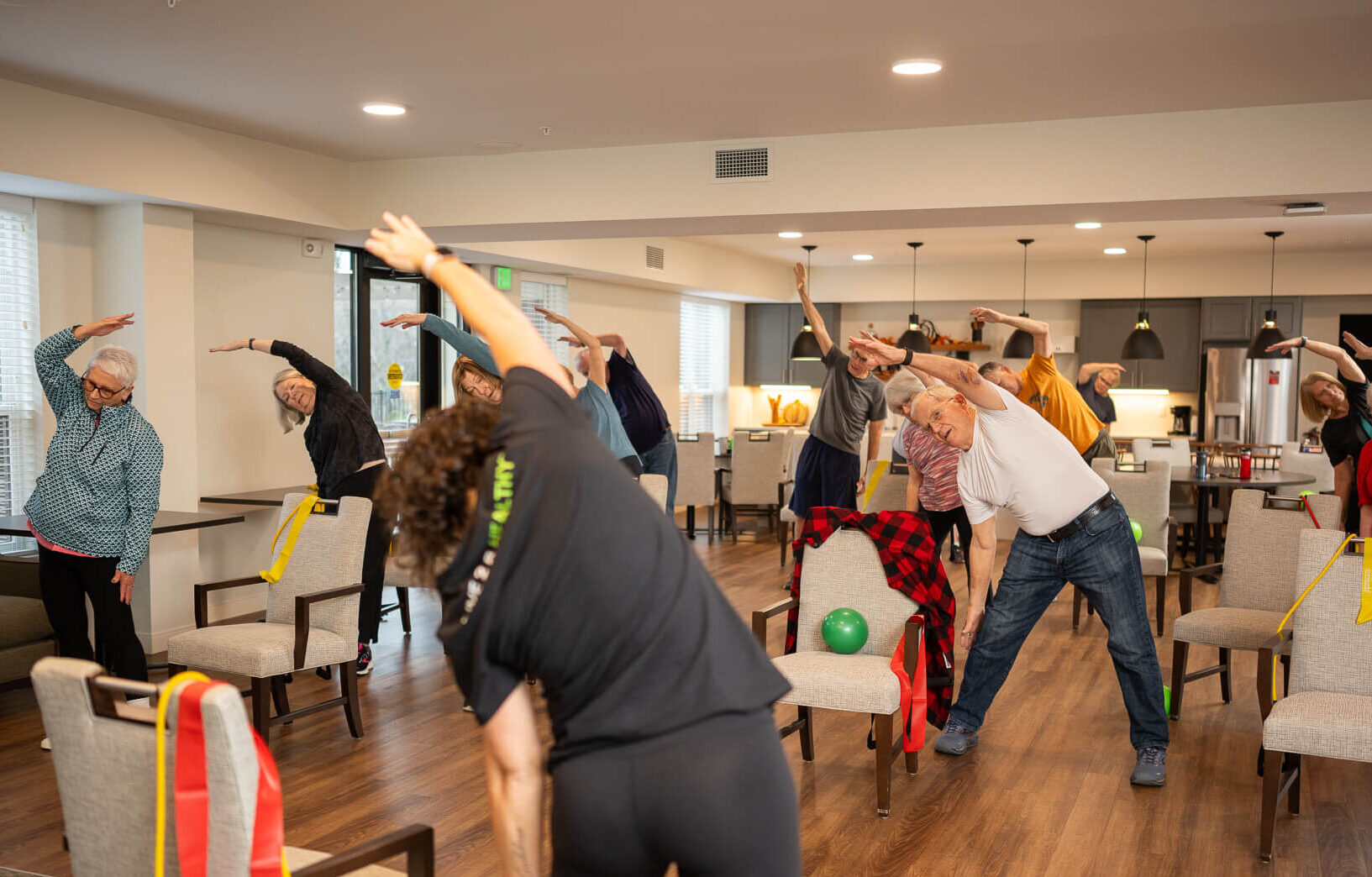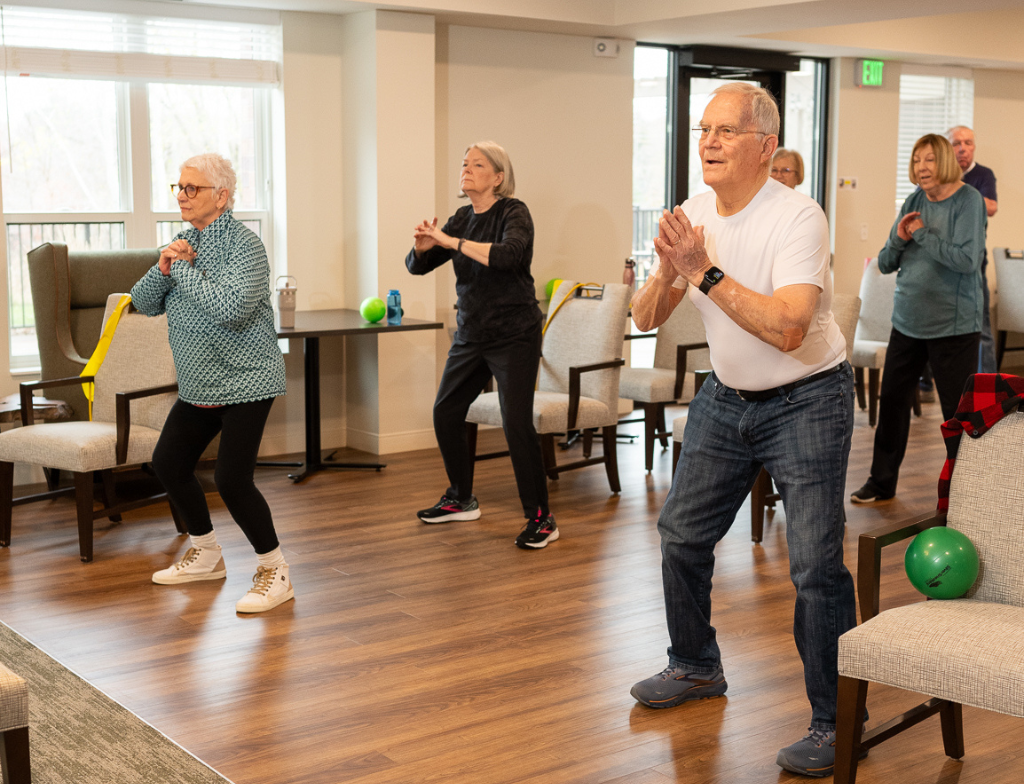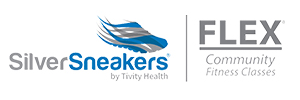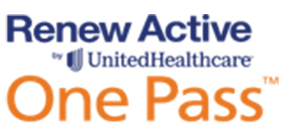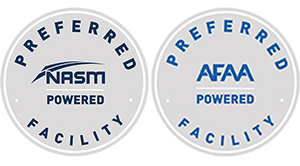When it comes to our overall health, cardiovascular wellness holds a special place in the spotlight. After all, our hearts are essential for pumping life-giving oxygen and nutrients throughout our bodies. Keeping our hearts happy and healthy is vital, not just for staying fit, but also for enjoying life to its fullest and adding years to it.
One of the most effective ways to nurture your heart is through regular exercise, which brings a host of benefits like improved circulation and enhanced heart efficiency.
We’ll dive into how different forms of physical activity can strengthen your heart and lower your risk of heart disease, including practical tips for seniors, so that everyone can enjoy the heart-boosting magic of exercise.
Why Cardiovascular Health Is So Important
The heart is often referred to as the engine of the body, playing an essential role in maintaining overall health and longevity. It tirelessly pumps blood throughout the body, delivering oxygen and nutrients while removing waste. Healthy adults have a well-functioning heart not only supports physical vitality but also contributes to mental well-being, enhancing your quality of life.
Conversely, poor cardiovascular health in sedentary individuals can have a domino effect on their entire health. Conditions such as heart disease and high blood pressure can develop when the heart and blood vessels are compromised. These issues don’t just affect your heart; they can also lead to problems in other vital organs, negatively influencing your kidneys, brain, and circulatory system. The impact of cardiovascular ailments is profound, often resulting in decreased mobility, chronic fatigue, and a lower overall standard of living.The statistics surrounding heart disease are sobering. According to the American Heart Association, heart disease is the leading cause of death for adults in the United States, claiming nearly 697,000 lives annually. Additionally, around 47% of adults have at least one risk factor for heart disease, including high blood pressure, high cholesterol, or smoking. This prevalence underscores the importance of prioritizing heart health, especially for seniors, who are at an elevated risk.
For adults and seniors alike, poor cardiovascular health can limit physical activity, reduce quality of life, and lead to complications like heart attack or stroke. Prioritizing heart health through exercise and a healthy lifestyle can significantly reduce these risks and improve longevity.
The Cardiovascular Benefits of Exercise
Regular physical activity is one of the most effective ways to enhance cardiovascular health, as multiple studies and meta-analyses have proven, including this one published in 2019 in Frontiers in Cardiovascular Medicine, about the role of exercise in reducing the risk for heart disease.
Here are some of the main cardiovascular benefits and to your overall well-being that regular physical activity offers:
- Improved Blood Pressure and Circulation: Exercise helps regulate blood vessel pressure and enhances blood flow, which reduces strain on the heart.
- Lower Risk of Cardiovascular Disease and Heart Attack: Regular aerobic exercise lowers risk factors for coronary heart disease by improving cholesterol levels and reducing systemic inflammation.
- Stronger Heart Muscle: Consistent physical activity strengthens the heart muscle, increasing cardiac output and stamina during daily tasks.
- Weight Loss, Blood Glucose Management, and Cholesterol Management: Exercise helps maintain a healthy weight, improve blood sugar levels, lower bad cholesterol (LDL), and improve overall blood lipid profiles. This can significantly lower the risk of Type 2 diabetes and its associated complications.
- Stress Reduction: Physical activity reduces stress and supports heart-healthy benefits by lowering C-reactive protein and systemic inflammation.
How Much Exercise Is Needed for a Healthy Heart?
Maintaining a healthy heart requires a commitment to regular physical activity. The American Heart Association recommends that adults engage in at least 150 minutes of moderate-intensity exercise or 75 minutes of vigorous exercise per week. This weekly target can be broken down into manageable sessions, allowing for flexibility in even the busiest of schedules.
- Aerobic Activities: Aim for 150 minutes per week of moderate-intensity exercise(e.g., brisk walking, bike ride) or 75 minutes per week of vigorous-intensity activity (e.g., running).
- Muscle-Strengthening Activities: Include resistance training or strength exercises at least two days per week to engage major muscle groups.
Tailoring Exercise to Your Needs
While the recommended guidelines serve as a general framework, it’s essential to make adjustments based on individual factors such as age, physical ability, and any existing medical conditions. Older adults and people with heart disease should consult an exercise physiologist or their healthcare provider to determine the appropriate level of intensity and type of exercise. However, 15 minutes of moderate-intensity aerobic exercises a day is standard with many fitness programs for seniors.
Tips for Incorporating Exercise into a Any Lifestyle
Finding time and motivation for any type of exercise may seem challenging, but there are practical ways to integrate physical activity into your daily routine:
- Schedule It In: Treat your workout like an important appointment. Block out time for exercise in your calendar to ensure you prioritize it.
- Break It Up: If 150 minutes seems daunting, break it into shorter 10-15 minute exercise routines throughout the day. These can add up and still contribute positively to your heart health. If they’re high-intensity activities, then maybe you can reduce the needed time even more, for example.
- Make It Enjoyable: Engage in the types of activities you enjoy, whether that’s dancing, walking your dog, cycling, or other recreational activities. The more fun it is, the more likely you will stick to it.
- Incorporate Movement: Moderate exercise doesn’t mean just routines. Look for small opportunities to move during your day, such as taking the stairs instead of the elevator or doing short workouts during breaks.
How to Measure Progress
Tracking your progress can help you stay motivated and recognize the positive changes that are leading to a healthier heart:
- Target Heart Rate: To ensure you are exercising at an effective intensity, aim to reach your target heart rate during workouts. This rate can be calculated as a percentage of your maximum heart rate (roughly 220 minus your age).
- Increased Repetitions and Reduced Strain: As your physical fitness level improves, notice if you can perform more repetitions of a given exercise with less effort. This is a clear sign of increased endurance and strength.
- Body Composition Changes: While watching your body weight is essential, paying attention to how your clothes fit or measuring body composition changes (such as losing fat and gaining muscle) can also reflect the beneficial effects of exercise on your overall health.
Incorporating exercise into your routine with these tips while measuring your progress will help ensure that you’re on the path to better heart health. Making heart-smart choices today can lead to a longer, healthier tomorrow.

Best Cardiovascular Exercises for Seniors
Seniors can enjoy significant cardiovascular benefits from exercises tailored to their fitness levels. Low-impact activities minimize joint strain while promoting heart health.
Recommended Types of Exercises
- Walking and Brisk Walking: Easy to incorporate into daily routines, walking improves cardiovascular function and lowers arterial blood pressure.
- Water-Based Activities: Swimming and water aerobics offer excellent aerobic benefits while reducing strain on joints.
- Stretching and Flexibility Exercises: These enhance mobility and support oxygen delivery during physical activities.
- Balance and Strength Training Exercises: Using resistance bands or light weights improves muscle strength and reduces the risk of falls.
Tips for Safe Exercise
- Start with moderate-intensity activities, gradually increasing as fitness levels improve.
- Include balance exercises with flexibility exercises to prevent falls and injury.
- Consult a healthcare provider before starting an exercise session, especially for people with heart disease or a history of heart surgery.

Additional Ways to Support Heart Health Alongside Exercise
While regular exercise is essential for lowering the risk of cardiovascular disease, additional lifestyle choices can amplify its heart-health benefits:
- Heart-Healthy Diet: Focus on foods rich in fruits, vegetables, whole grains, lean proteins, and healthy fats to lower cholesterol levels and reduce heart disease risk factors.
- Stress Management: Incorporate relaxation techniques like meditation or yoga to combat chronic inflammation and support cardiovascular fitness.
- Adequate Sleep: Getting 7-9 hours of sleep per night reduces risk factors for heart disease, including high blood pressure, blood clots, and stress.
- Avoid Harmful Habits: Limit smoking and excessive alcohol consumption to support long-term cardiovascular health.
Other Beneficial Effects of Exercise On Overall Health
In addition to improving cardiovascular health, regular exercise provides numerous other health benefits:
- Enhanced Mental Health: Even regular moderate activity reduces symptoms of anxiety and depression by releasing endorphins and improving mood.
- Stronger Muscles and Bones: Resistance and strength training, like weight-bearing exercises, strengthen muscles and improve bone density, reducing the risk of osteoporosis.
- Better Immune Function: Regular physical activity boosts the immune system, helping the body fight off illnesses more effectively.
- Improved Cognitive Function: Exercise promotes brain health, enhancing memory, focus, and overall cognitive abilities.
- Increased Energy Levels: Regular movement improves overall physical fitness, reducing fatigue and increasing daily energy.
- Weight Management: Exercise helps regulate body weight by burning calories and improving metabolism.
How Live 2 B Healthy Supports Seniors’ Cardiovascular Health
Exercise is one of the most effective ways to improve heart health for people of all ages. By incorporating regular physical activity into daily routines, adults can enjoy a wide range of health benefits, from reduced coronary heart disease risk to improved physical fitness and overall quality of life.
Live 2 B Healthy specializes in fitness and wellness programs tailored to seniors. These programs include exercises designed to improve cardiovascular health safely and effectively. To bring these heart-healthy benefits to your community, contact Live 2 B Healthy today and take the first step toward a healthier heart for you or your loved ones.


